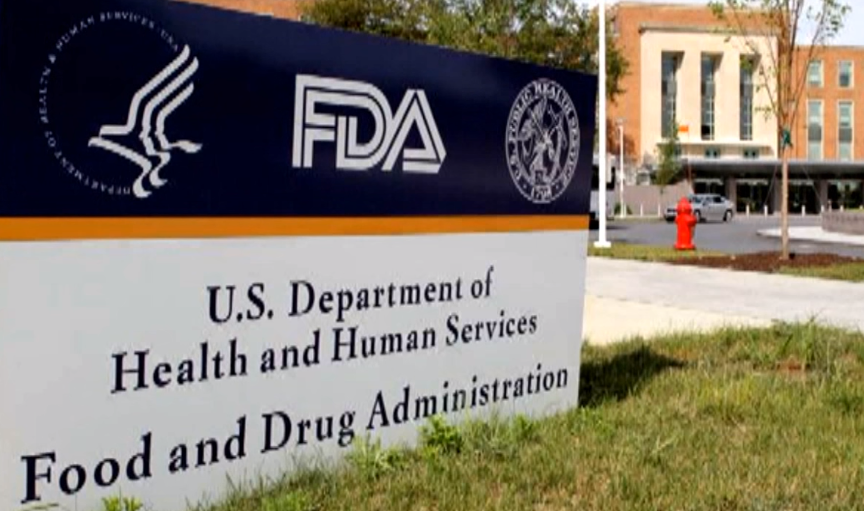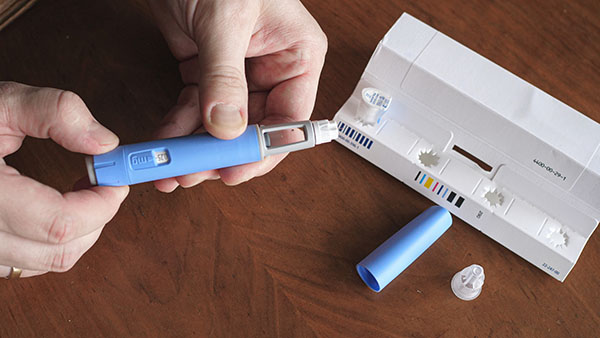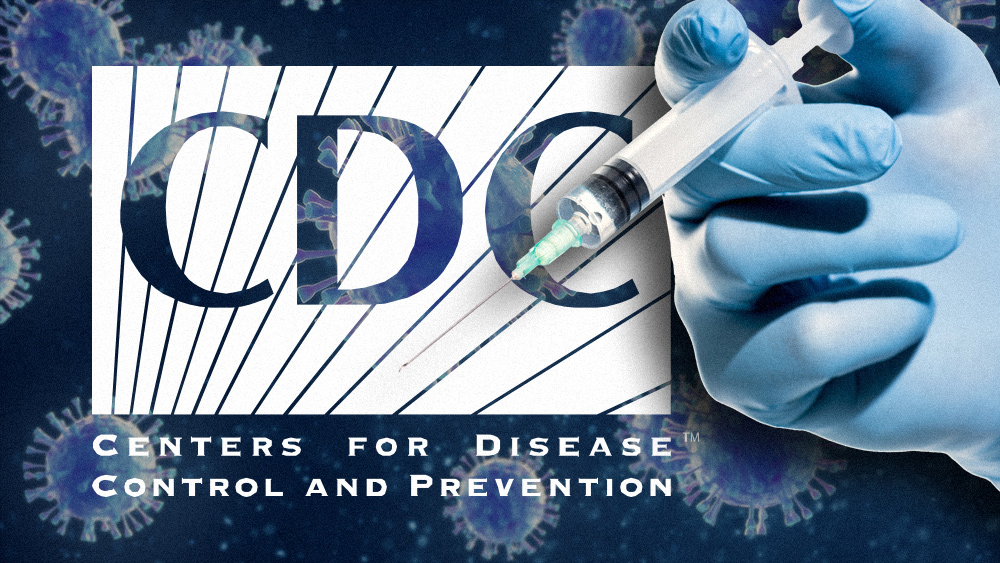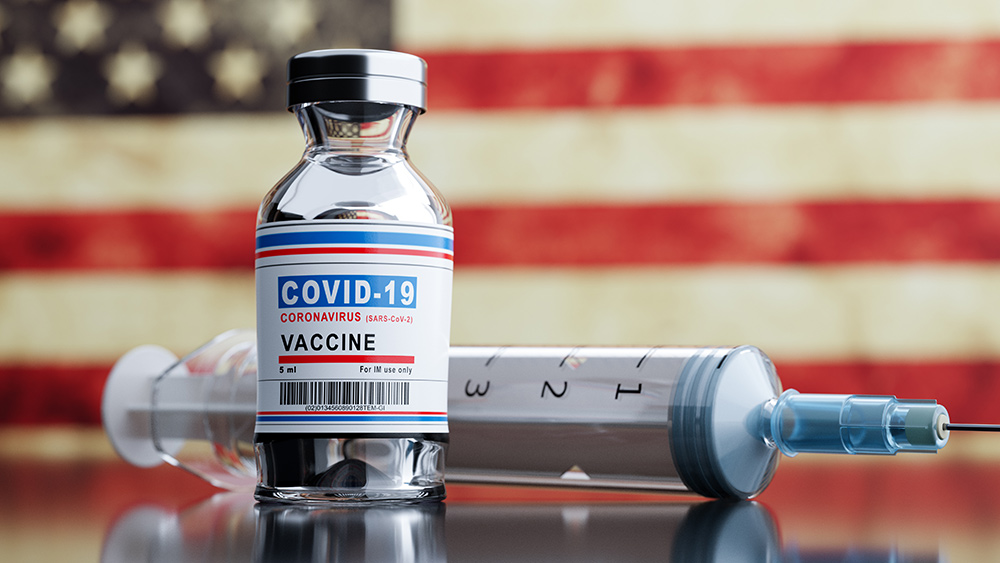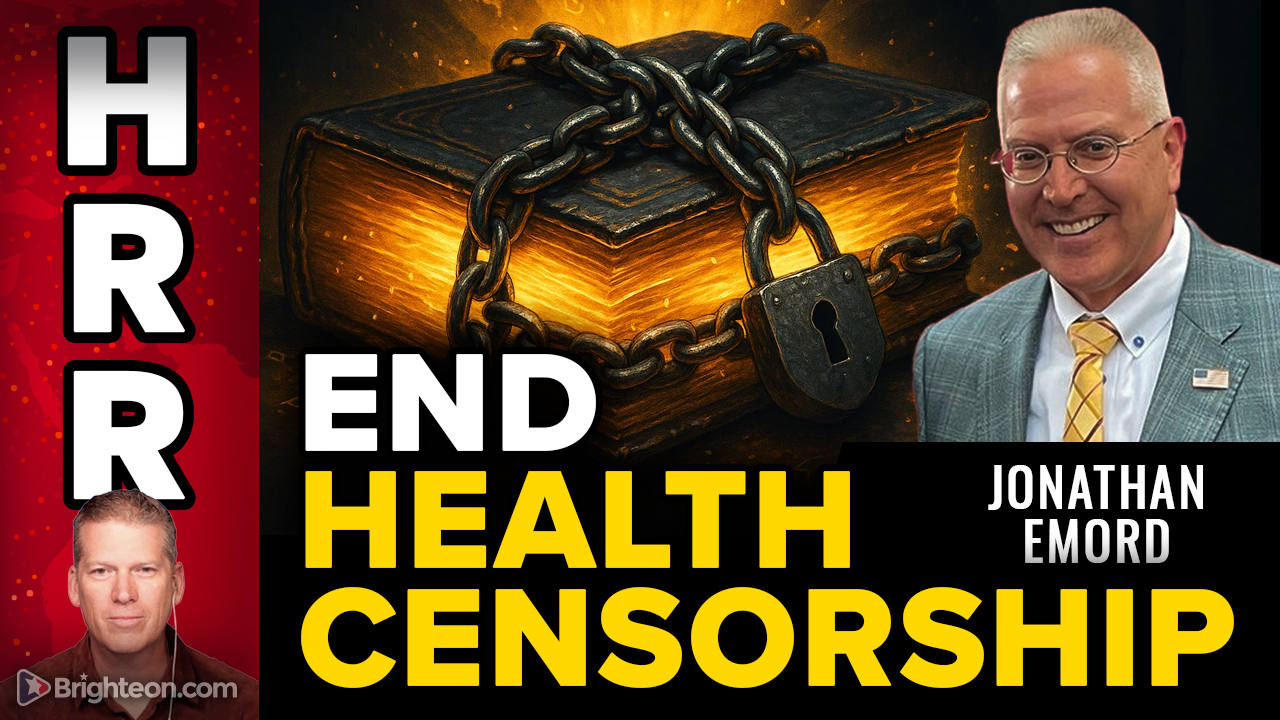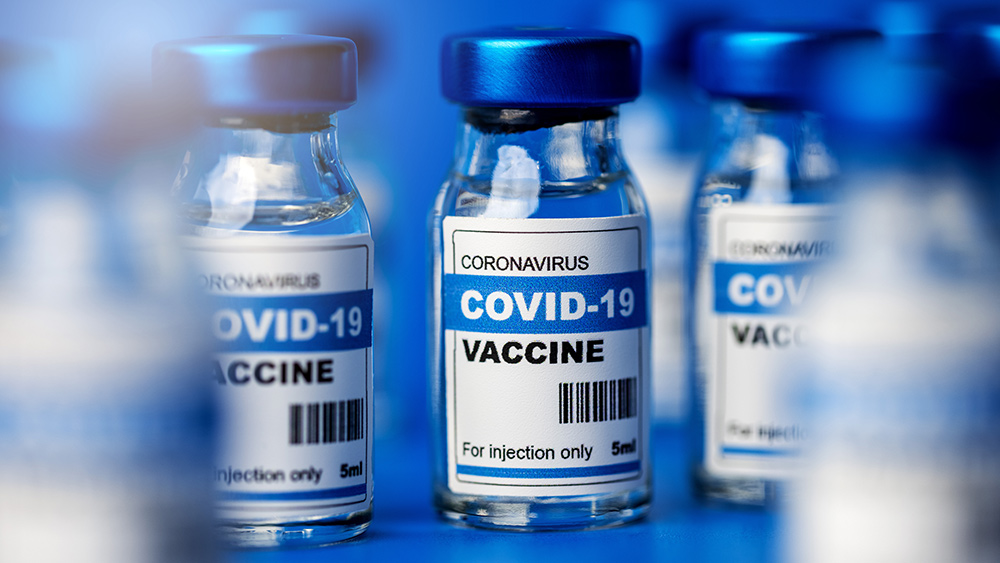Nursing homes gamble with residents’ health by mixing risky antidepressants and opioids
10/09/2025 / By Lance D Johnson
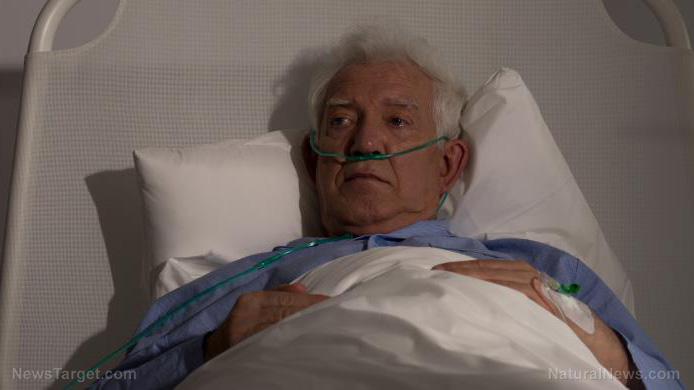
The fluorescent-lit hallways of nursing homes hum with the quiet suffering of elderly residents, many of whom are trapped in a cycle of pain, depression, and medication-induced side effects. A new study reveals a disturbing trend: the widespread pairing of tramadol, a commonly prescribed opioid, with antidepressants—a combination that significantly raises the risk of seizures. Researchers found that nursing home residents taking both drugs faced up to a 10 percent higher chance of suffering a seizure, a terrifying and potentially deadly consequence of careless prescribing. Yet, despite the dangers, these medications remain staples in facilities where overworked staff rely on pharmaceuticals to manage pain and mood rather than safer, nutrition-based alternatives.
Key points:
- A study of over 70,000 nursing home residents found that combining tramadol with certain antidepressants increases seizure risk by up to 10 percent.
- The danger arises when antidepressants inhibit the CYP2D6 enzyme, preventing tramadol from being properly metabolized and causing toxic buildup.
- Despite known risks, tramadol remains one of the most prescribed opioids, while antidepressant use continues to rise.
- Nursing homes often default to medication-heavy approaches, ignoring safer alternatives like nutrition, music therapy, anti-inflammatory supplements, and physical therapy.
A dangerous cocktail: Tramadol and antidepressants
Tramadol, marketed as a safer opioid, has long been a go-to painkiller for doctors wary of stronger narcotics. But its reputation as a “mild” opioid is misleading. The FDA has documented hundreds of seizure cases linked to tramadol, many occurring in otherwise healthy adults. When paired with antidepressants—particularly those that block the CYP2D6 enzyme—the risk skyrockets. Fluoxetine (Prozac), paroxetine (Paxil), and bupropion (Wellbutrin) are among the worst offenders, slowing tramadol’s breakdown and allowing it to accumulate to dangerous levels in the bloodstream.
Dr. Yu-Jung Jenny Wei, co-author of the Ohio State University study, warns that doctors must rethink automatic prescriptions. “Given how commonly both are prescribed to older adults, these interactions may be more important than previously thought,” she says. Yet nursing homes, overwhelmed by staffing shortages and profit-driven models, continue relying on pills to keep residents docile rather than addressing root causes of pain and depression.
The fallout of over-medication
For nursing home residents, the consequences go beyond seizures. Many are already on a cocktail of drugs—painkillers, sedatives, antipsychotics—each compounding the side effects of the others. Dizziness, confusion, and falls become daily hazards. Some residents, trapped in a fog of pharmaceuticals, lose the ability to communicate or even feed themselves. Yet rather than scaling back, facilities often respond by adding more medications to counteract the side effects, trapping patients in a downward spiral.
The reliance on drugs also sidelines non-pharmaceutical interventions. Nutrition-based approaches—like anti-inflammatory diets, vitamin D supplementation, and omega-3 fatty acids—could alleviate both pain and depression naturally. Physical therapy and social engagement have been shown to improve mood and mobility. But these require time, staffing, and investment—resources that many nursing homes lack or refuse to prioritize.
Why safer alternatives are ignored
The pharmaceutical industry’s influence looms large. Doctors, trained to reach for prescriptions first, often default to medications without considering holistic options. Insurance reimbursements favor pills over therapies, making drugs the cheaper, easier choice for underfunded facilities. And residents themselves—many suffering from cognitive decline—are rarely given a say in their treatment. Their loved ones often do not have the time to identify and care for these health issues in a timely manner, leaving the residents vulnerable to the next cocktail of pharmaceuticals to mask the pain and depression.
Meanwhile, the FDA’s adverse event reporting system captures only a fraction of the harm. Experts estimate that for every documented case of tramadol-induced seizures, nine others go unreported. Families, unaware of the risks, trust doctors to make the best decisions—only to watch their loved ones deteriorate.
The solution isn’t simple, but it starts with awareness. Doctors must weigh risks more carefully. Families must advocate for non-drug alternatives like music therapy and proper nutrition. Anti-inflammatory compounds like curcumin, cannabidiols, boswellic acids, resveratrol, and thymoquinone should be a starting point, supplemented to residents for pain management and mental health treatment. Nursing homes must shift from sedation to genuine care. Until then, the cycle of over-medication—and its devastating consequences—will continue unchecked.
Sources include:
Submit a correction >>
Tagged Under:
Antidepressants, Big Pharma, CYP2D6, depression treatment, drug interactions, elderly care, FDA warnings, healthcare reform, medical negligence, medication risks, nursing homes, Opioids, pain management, patient safety, pharmaceutical dangers, pharmaceutical fraud, seizures, senior health, tramadol
This article may contain statements that reflect the opinion of the author
RECENT NEWS & ARTICLES
COPYRIGHT © 2017 BIG PHARMA NEWS

